Architect
Antoni Gaudí envisioned a built environment in much greater harmony with nature. His major works, constructed between 1884 and 1926, were ahead of their time. In fact, it's rumored that upon receiving his university degree, the regent said, "Who knows if we have given this diploma to a nut or to a genius. Time will tell." Like his contemporaries, the impressionist painters, Gaudí is highly regarded today as an architectural innovator and the earliest authority on melding nature and design.
Gaudí spent most of his life in Catalonia. He attended college in
Barcelona and continued to work for wealthy patrons in the city. Visitors come to Barcelona from around the world specifically to marvel at his many lasting creations.

Our first destination upon arriving in Barcelona was the
Parc Güell. The development was originally conceived as an über exclusive resort for the rich and famous. Cost overruns and a declining economy ended the commercial prospects for the park - lucky for us. It's now perhaps the biggest tourist attraction in the city. The park displays Gaudí's talent for integrating functional elements with nature. Several series of winding paths appear to grow out of hillside providing a promenade to the best views of the city. And while natural expression was Gaudí's passion, he's probably better known for the fantastic "candy land" pavilions and mosaics that greet guests to the park.



Though the critics and creditors may have lambasted Gaudí's works, his patrons were staunch defenders and provided their Gaudí designed homes as proof of genius. In l'
Eixample neighborhood, we passed by two more masterpieces:
Casa Batlló and
Casa Milà. The houses exemplify the
Art Nouveau style that Gaudí was pioneering. However, despite the radical curves in the facades and twisting balconies, the underlying structural systems were almost identical to the then-modern techniques being used by Burnham, Sullivan and other legendary Chicago architects. The buildings are steel framed, with self-supporting facades, and floor systems are provided by clay-tile arches spanning between steel beams.
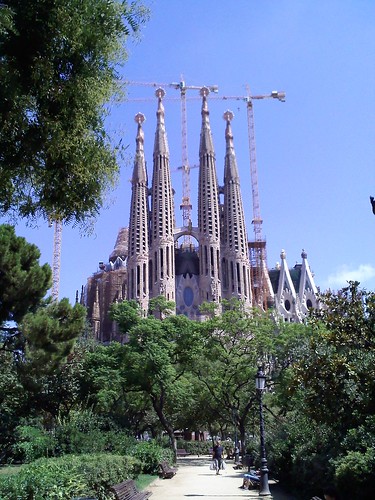
But was seldom content to rely on the innovations of others. He spent the last decades of his life looking for architectural and structural solutions to build a cathedral of unprecedented detail and complexity.
La Sagrada Familia was Gaudí's magnum opus. Begun in 1884, it will remain under
construction until 2026. The facades present a continuous scene of biblical characters and symbolic local animals. Inside, the columns shoot up and branch like trees into an awe-inspiring cathedral canopy. The 18 spires project ever higher until the tower for Jesus projects 170m (560 ft) into the sky.

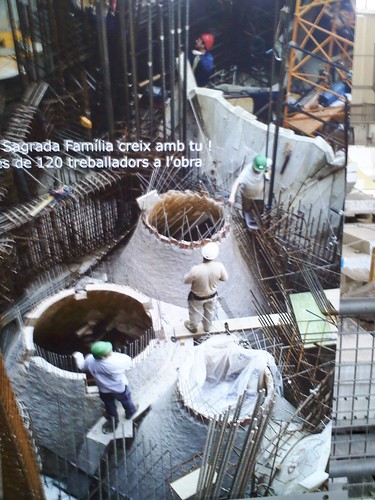
Gaudí's master plans were destroyed by anarchists during the 1938 Spanish Civil war. So architects, archaeologists and art history experts have been working side-by-side to recreate his vision. Meanwhile, modern engineering has been employed to enable the dizzying architecture. Tower cranes loom above the cathedral, lowering re-bar cages into place for the
reinforced concrete columns.

However, over a century ago, Gaudí was able to solve most of the engineering challenges with contemporary building techniques. He looked for efficiency in nature and experimented with intersecting hyperbolic shapes. To find shapes that would exist in pure compression - necessary for unreinforced masonry - he created ingenious models. He understood Newton's law, "for every action there is an equal and opposite reaction," and flipped his models upside down. He couldn't very well measure the compression in a block, but he could create a model with strings that only resisted tension. He added weights proportionate to the weight of his building materials to the strings until a complex but perfectly balanced form took shape. By taking a photo of the form and then flipping it upside down, Gaudí engineered a design that could be built with the most basic building materials - blocks.
Gaudí's genius had been proven in time. His understanding of aesthetics, natural shapes, and engineering principles marks him as a unique visionary. Architects would do well today to study the designs of Gaudí and become inspired to create designs that are more compatible with our environment.
 Only the Constance Tower remains of Louis' original fortifications. Its thick walls are considered impregnable, perfect for a prison. Following revocation of the Treaty of Nantes, which had granted Calvinists some freedoms in Catholic France, Aigues Mortes' walls were used to imprison the protestants. The tower of Constance was duly named after a female inmate who spent 38 years in captivity.
Only the Constance Tower remains of Louis' original fortifications. Its thick walls are considered impregnable, perfect for a prison. Following revocation of the Treaty of Nantes, which had granted Calvinists some freedoms in Catholic France, Aigues Mortes' walls were used to imprison the protestants. The tower of Constance was duly named after a female inmate who spent 38 years in captivity.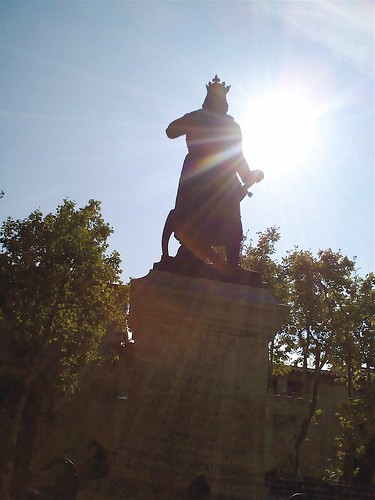 Despite its dangerous past and touristy present, Aigues Mortes is a unique and enjoyable city. After wandering around the ramparts, it's best enjoyed with a crêpe and café in the central square right in front of the statue of Saint Louis.
Despite its dangerous past and touristy present, Aigues Mortes is a unique and enjoyable city. After wandering around the ramparts, it's best enjoyed with a crêpe and café in the central square right in front of the statue of Saint Louis.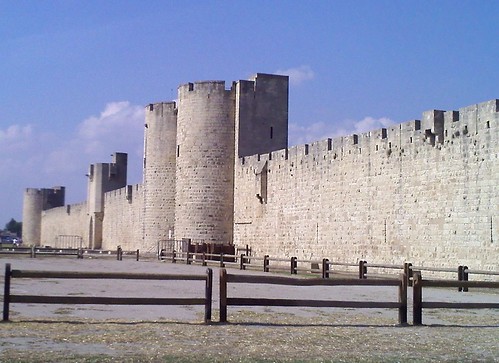

![Reblog this post [with Zemanta]](http://img.zemanta.com/reblog_e.png?x-id=cdd6b580-3b1e-4e57-8321-3bbedf1e7662)
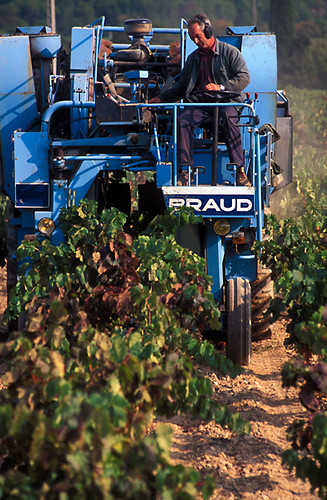
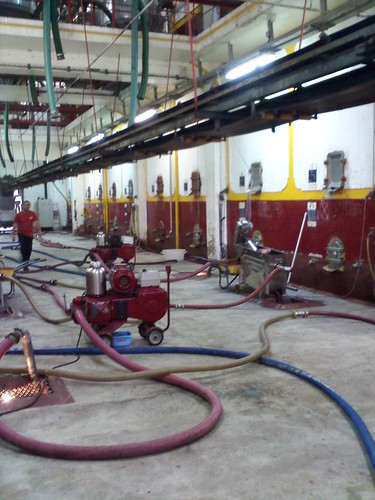
![Reblog this post [with Zemanta]](http://img.zemanta.com/reblog_e.png?x-id=7d65a6a9-8ea6-448e-9285-90f1e37778ac)

![Reblog this post [with Zemanta]](http://img.zemanta.com/reblog_e.png?x-id=e7fcbde5-1b28-48bc-9285-0e47eb9e2c10)


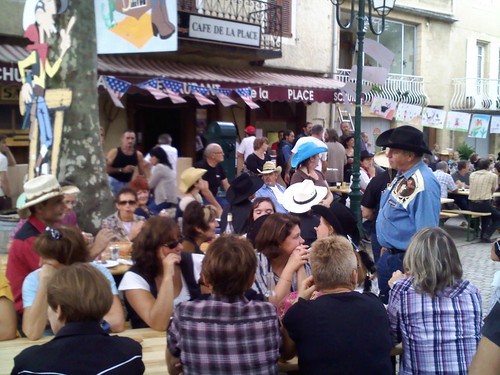
![Reblog this post [with Zemanta]](http://img.zemanta.com/reblog_e.png?x-id=a335beee-caa1-43ed-9a47-3c09cf75e223)
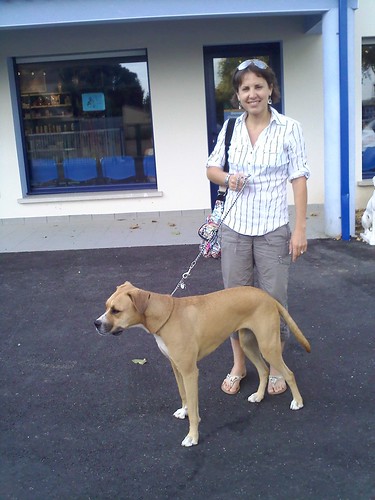
![Reblog this post [with Zemanta]](http://img.zemanta.com/reblog_e.png?x-id=26ce8afb-ed16-4694-9bd5-47bfd18e7c23)
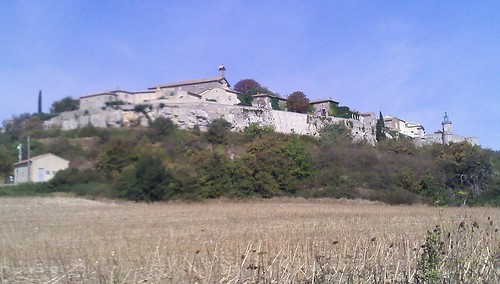
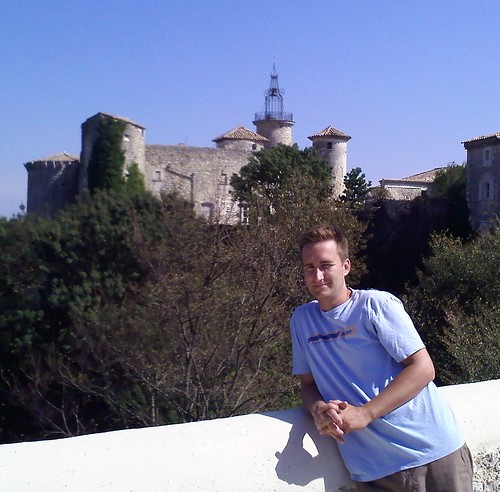
![Reblog this post [with Zemanta]](http://img.zemanta.com/reblog_e.png?x-id=f716e3c0-36a6-4db5-a678-5f2995ad85ea)
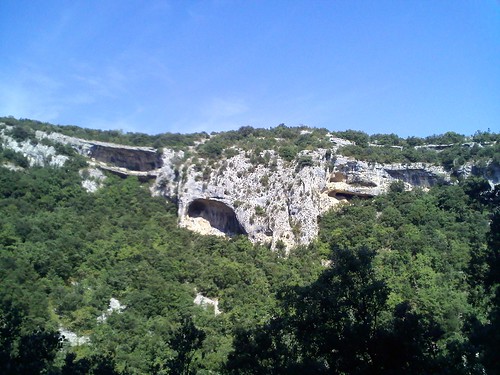


![Reblog this post [with Zemanta]](http://img.zemanta.com/reblog_e.png?x-id=33d9cc82-d574-42ab-92f8-21012b4413eb)
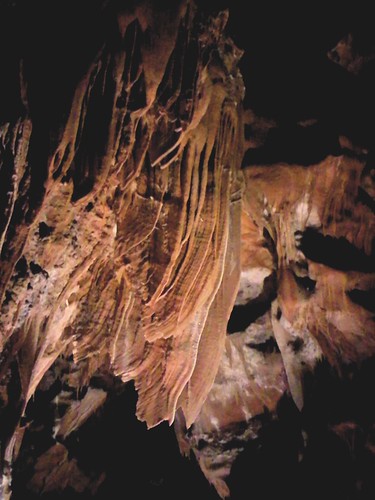
![Reblog this post [with Zemanta]](http://img.zemanta.com/reblog_e.png?x-id=c731bddd-11ee-4213-848b-d117fd062ec9)

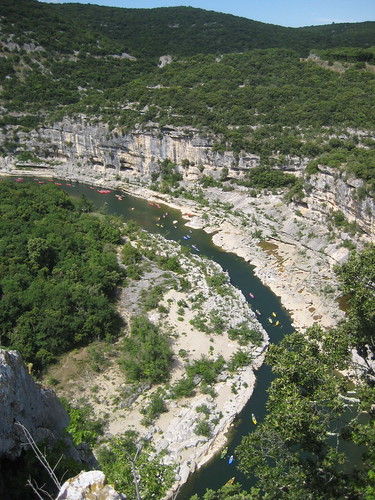
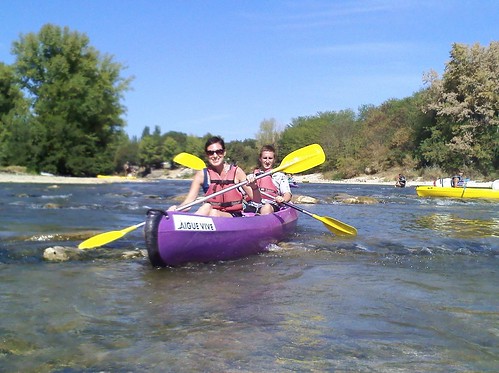
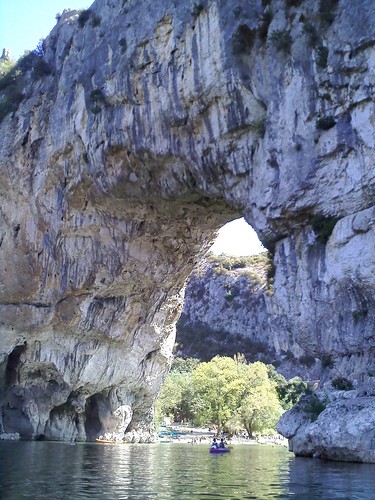
![Reblog this post [with Zemanta]](http://img.zemanta.com/reblog_e.png?x-id=20b3773e-7e27-4acc-9ae7-c0cc20ce2a95)
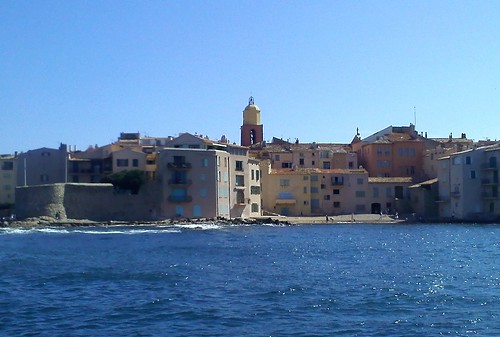
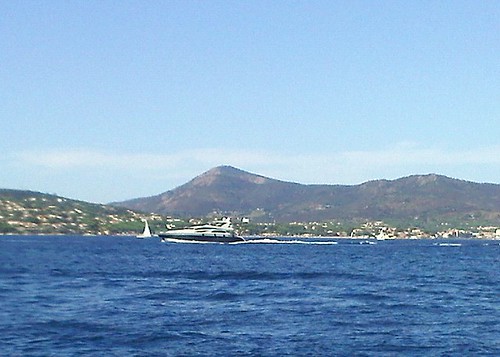

![Reblog this post [with Zemanta]](http://img.zemanta.com/reblog_e.png?x-id=07f0e86c-9e80-4ff5-a88c-32723f8afdef)

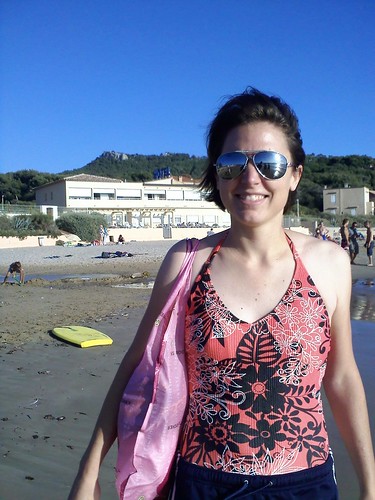
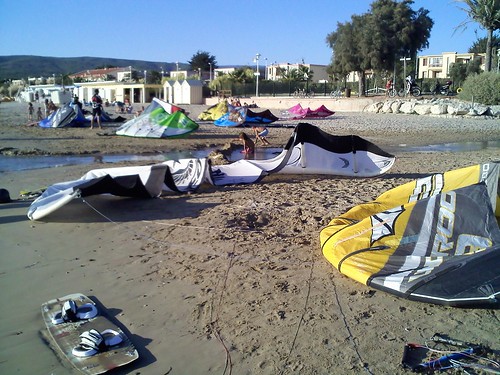

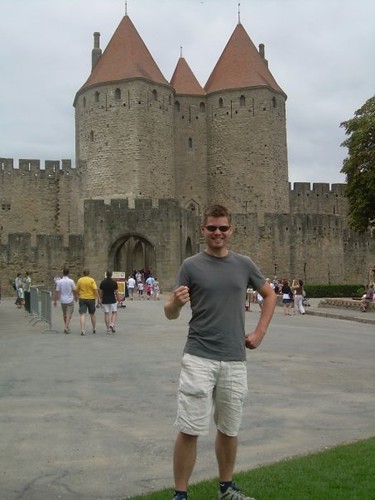
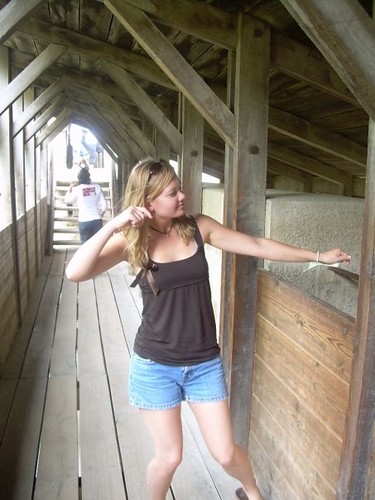
![Reblog this post [with Zemanta]](http://img.zemanta.com/reblog_e.png?x-id=fdc4504e-67bb-4151-bfc0-23382b19dce7)


![Reblog this post [with Zemanta]](http://img.zemanta.com/reblog_e.png?x-id=76f1b94d-c533-4db7-94ee-17a2f99a23bb)
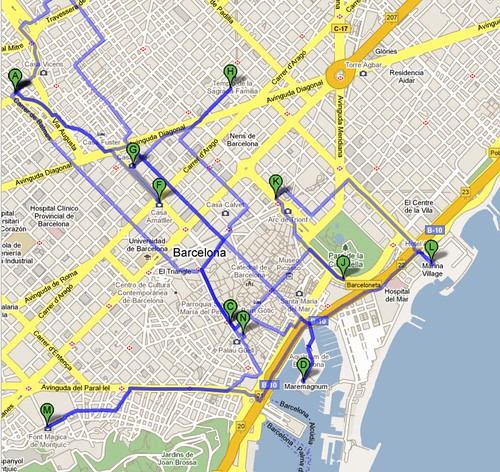
![Reblog this post [with Zemanta]](http://img.zemanta.com/reblog_e.png?x-id=cc8eee3c-823b-451a-a90e-3573fbc79a6f)








![Reblog this post [with Zemanta]](http://img.zemanta.com/reblog_e.png?x-id=e1b39908-b5d0-4bec-bdfd-eaf558dc15bc)
